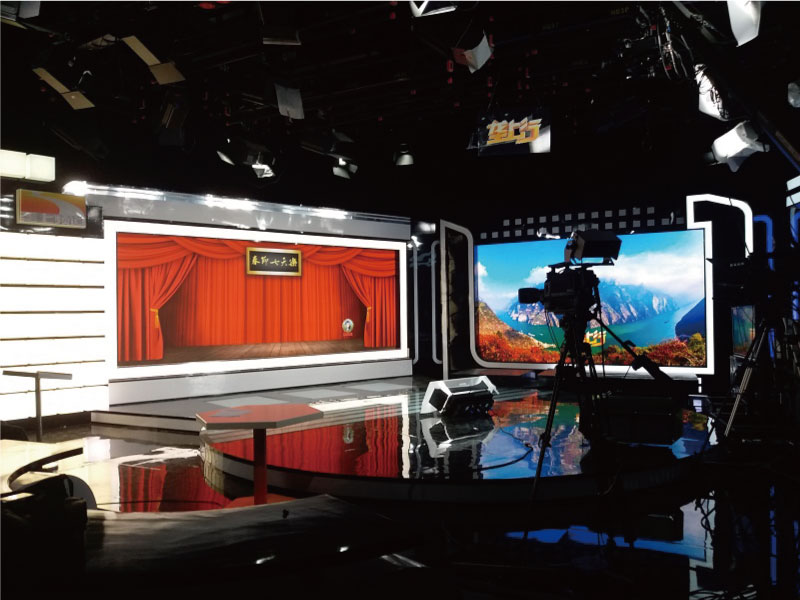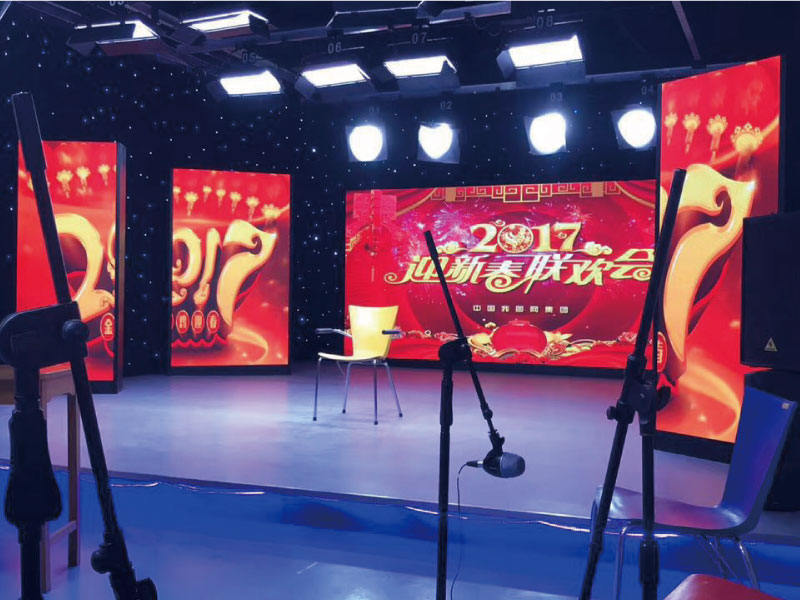



It is known that fine pitch LED displays usually refer to LED displays with a pixel of less than 2mm. Fine pitch LED displays are widely used in high-end industries such as security monitoring systems, commander monitoring centers, radio and television stations, and movie theaters.It's become a trend in broadcasting and TV field that LED fine pitch LED displays will gradually take place of the traditional display devices as to present more vivid experience to the spectators, and at the same time modern technology made it possible with a more touch of more efficiency and energy saving.
Compared with traditional display devices in the broadcasting and TV settings, fine pitch LED displays from Sansi stand out with its consistent performance of delivering high definition image and smooth video streaming that present end users with excellent experiences.
The popular fine pitch led display on sale on the market for now are: P1.25, P1.5625, P1.667, P1.875, P1.923, P2, etc. Compared with traditional LED displays, fine pitch LED displays have better and more reliable pixel numerical control technology, which can very well improve the chromaticity, oxidation and unity of the display broadcast interface. Therefore, the fine pitch LED display has a higher market value, and the advantages are also more significant compared with the traditional DLP rear projection display. The difference of fine pitch led displays and traditional DLP display systems lie in.



The display interface is more consistent in clarity: on the market for mid-to-high-end displays it is still dominated by DLP rear projection display for the moment; but DLP technology has some natural shortcomings, and it is impossible to clear the fissure in the middle of the display module. As a result, each display module will swallow at least one display definition when it is assembled; and the display definition is not detailed. If it is fine pitch LED display, this problem could be easily ignored. The fine pitch LED display could perfectly make up for this and ensure that each display module has a detailed display clarity.
The interface color is more appealing: Because there are differences between the display modules of the DLP rear projection display, it is difficult to control the color and chromaticity of all display modules on the interface; and with the increase of the application time, this type of display unit difference will become more and more significant. However, Fine pitch led display adopts the point-control technology of the definition level. The color of each display module mainly expresses the uniformity of the aspect ratio, which makes the color of the interface even better.
The interface by fine pitch LED display is with high definition consistency, more appealing and detailed colors and a high degree of appreciation. Traditional display systems cannot guarantee that. It’s obvious that fine pitch LED displays will have a better market prospect prospect than traditional displays.